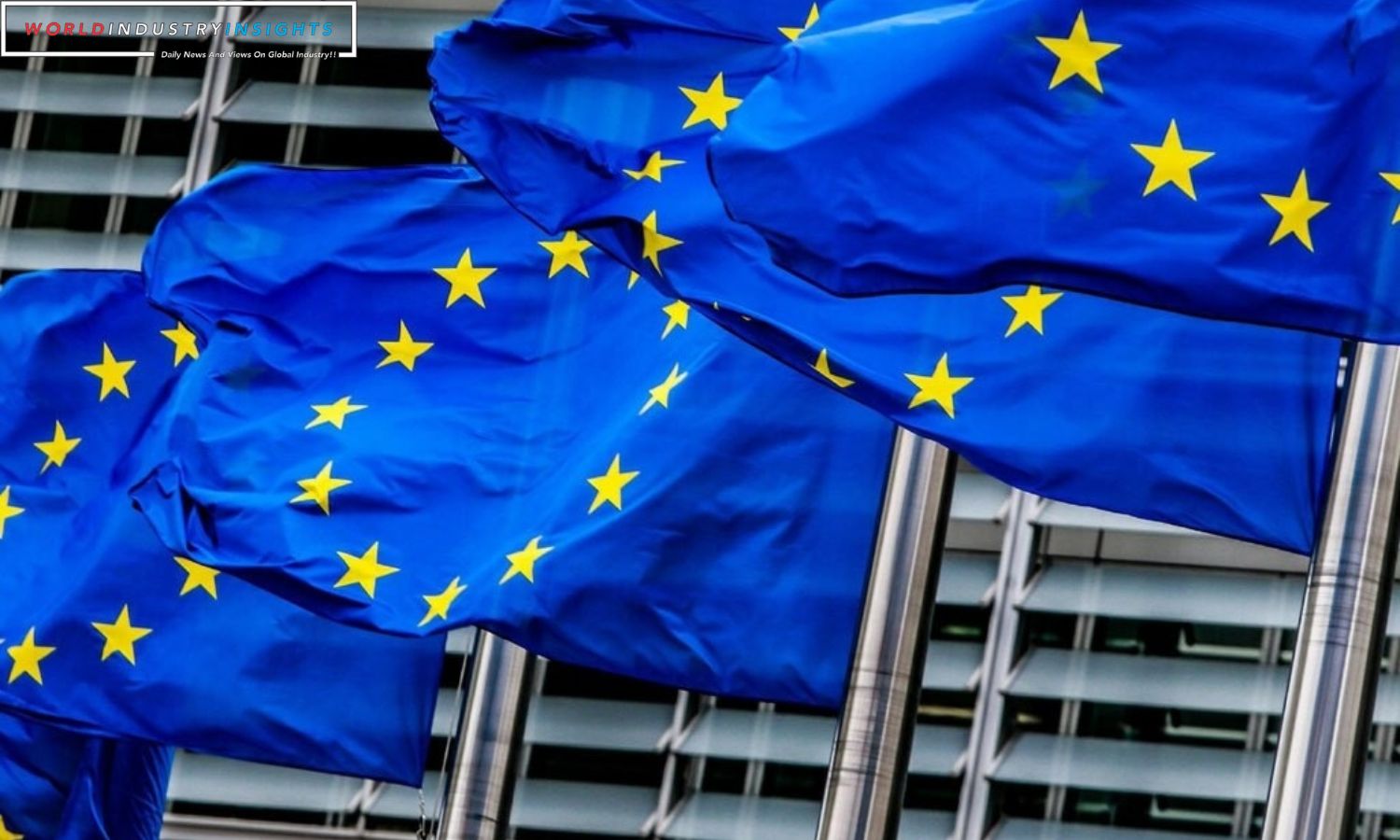Euro Zone Grapples: Euro zone economic troubles are worsening, raising recession fears. The newest survey shows company activity declining, notably in services. Last quarter’s 0.1% decrease in official data and S&P Global’s October Composite Purchasing Managers’ Index (PMI) indicate a bleak economy. The fifth consecutive month of shrinkage brought it to 46.5, the lowest level since November 2020. The services sector PMI declined to 47.8, matching its preliminary estimate.
Cyrus de la Rubia, Chief Economist at Hamburg Commercial Bank, expressed concerns, saying, “It looks like the service sector in the euro zone is stumbling out of the gates for this final quarter. With new business plummeting, it does not paint a rosy picture for what lies ahead.” De la Rubia went on to suggest that the euro zone’s GDP may decline in the fourth quarter. Notably, France appears to be the weakest major economy in the bloc, with Germany and Italy not far behind.
In addition to the struggling services sector, manufacturing activity is also facing challenges. A recent sister survey revealed a further step back in manufacturing, with new orders contracting at one of the steepest rates since data collection began in 1997.
Also Read: ECB Work Unraveled by Markets: A Closer Look at Euro Zone Growth and Policy
The PMI survey also indicates subdued demand, with the new business index hitting its lowest point since early 2021 at 45.6, down from 46.4. This is attributed to consumers burdened by price increases and rising borrowing costs, causing them to be more conservative with their spending.
The European Central Bank (ECB) left interest rates unchanged at record highs last month, ending an unprecedented streak of 10 consecutive rate hikes. However, the ECB remains cautious about rate cuts despite the ongoing economic challenges. One potential positive aspect for policymakers is the easing of price pressures as indicated in the PMI survey. Both the input and output prices indexes fell from their September levels.
The composite output prices index declined to 52.0, its lowest reading since early 2021. Despite the challenging economic environment, the ECB continues to grapple with its goal of achieving target inflation rates.
Our Reader’s Queries
Who are the members of the euro zone?
The European Union comprises of 27 member states, including Austria, Belgium, Croatia, Cyprus, Estonia, Finland, France, Germany, Greece, Ireland, Italy, Latvia, Lithuania, Luxembourg, Malta, the Netherlands, Portugal, Slovakia, Slovenia, and Spain. However, seven members, namely Bulgaria, the Czech Republic, Denmark, Hungary, Poland, Romania, and Sweden, do not use the euro as their currency.
Is the eurozone in a recession in 2023?
Economists and analysts typically define a recession as negative growth in two consecutive quarters. In the case of the eurozone, the economy shrank by 0.1% from January to March 2023, following a contraction in the last three months of 2022. As a result, the eurozone was officially in a recession.
Is the euro at risk for a recession?
The possibility of a recession in the euro-zone has increased due to the decline in private-sector activity. This has led to a stronger argument for interest-rate cuts, which the European Central Bank has been hesitant to implement. Recent data revealed that S&P Global’s purchasing managers’ index has contracted for the seventh consecutive month in December, dropping to 47. To address this issue, the ECB may need to reconsider its stance on interest rates to prevent a potential economic downturn.
What is considered the Euro area?
The Eurozone, comprising of 19 countries, uses the Euro as their currency. These countries include Belgium, Germany, Ireland, Spain, France, Italy, Luxembourg, the Netherlands, Austria, Portugal, Finland, Greece, Slovenia, Cyprus, Malta, Slovakia, Estonia, Latvia, and Lithuania.


